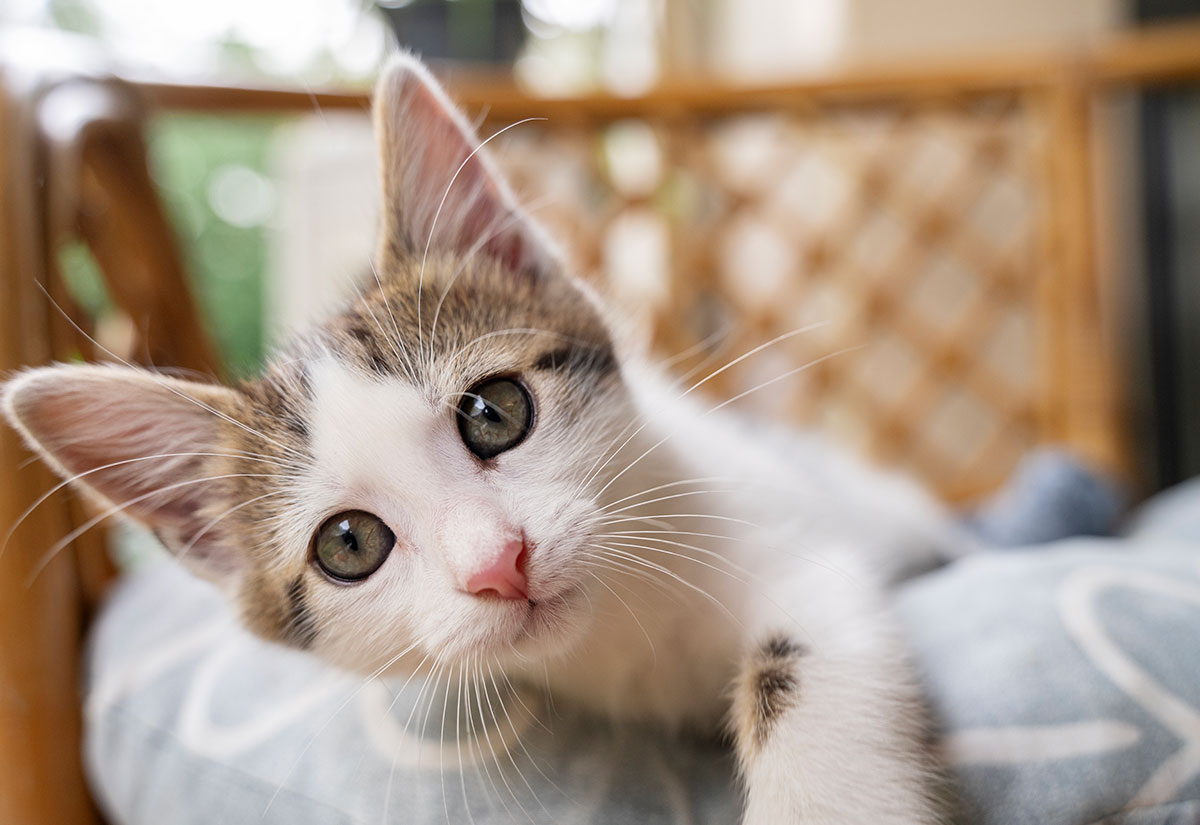
Feline Lower Urinary Tract Disease (FLUTD)
Lower urinary tract diseases (affecting the bladder and urethra) are among the most common health issues in cats. The causes vary depending on the cat's age. In general, for cats under ten years old, the most common condition is idiopathic cystitis, followed by urinary stones and urethral obstruction. For senior cats over ten years old, infections, urinary stones, and tumors are more frequently observed.
Main Causes of Feline Lower Urinary Tract Disease
- Feline Idiopathic Cystitis (FIC): The exact cause remains unclear, but it appears to be related to dysregulation between the bladder, central nervous system, and endocrine system (such as the adrenal glands). Stress plays a crucial role in the development of FIC, acting as a key trigger or aggravating factor.
- Urinary Stones (Urolithiasis): This is a very common condition that can occur at any age, and even after treatment, recurrence is likely. More than 90% of urinary stones in cats are composed of either struvite (magnesium ammonium phosphate) or calcium oxalate.
Additionally, the anatomical differences between male and female cats significantly impact the risk of urinary blockage. Male cats have a narrower and longer urethra, making them highly prone to urethral obstruction. In contrast, female cats have a shorter and wider urethra, allowing stones to pass more easily, which reduces the likelihood of blockage.
Main Symptoms of Feline Lower Urinary Tract Disease (FLUTD)
- Frequent urination
- Urinating outside the litter box
- Straining to urinate
- Excessive licking of the genital area
- Dribbling urine, blood in the urine
- Loss of appetite, vomiting, diarrhea, dehydration
Dietary Management for Lower Urinary Tract Disease
- The primary goals are to relieve symptoms and pain, reduce stress, and lower the risk of recurrence.
- Dietary management alone is not enough to improve symptoms. Medication, combined with dietary adjustments and environmental modifications, is essential for managing the condition and reducing recurrence.
Most bladder stones can be initially managed through dietary adjustments (such as prescription diets) that increase water intake, helping to accelerate stone dissolution and elimination.
- Struvite (Magnesium Ammonium Phosphate) Stones: Increasing water intake helps dilute the urine and reduce its saturation level. Prescription diets formulated to control magnesium and phosphorus levels and to acidify the urine (e.g., those containing methionine) can effectively lower urine pH and reduce the excretion of magnesium and phosphate, preventing stone formation.
- Calcium Oxalate Stones: Unlike struvite stones, calcium oxalate stones cannot be dissolved through urinary diets. The dietary goal is to prevent recurrence by avoiding excessive calcium, vitamin D, and vitamin C intake. Increasing water intake helps lower urine solute saturation (e.g., oxalates), adjust urine pH, and reduce urinary calcium and oxalate excretion, all of which help prevent calcium oxalate stone formation.
Adequate hydration plays a crucial role in preventing urinary stones and reducing recurrence. Additionally, regular veterinary check-ups (such as urinalysis) can help detect and prevent calcium oxalate stone formation.
References:
- 陳千雯、黃郁文。2024。貓咪的食萬個為什麼?(初版)。城邦文化事業股份有限公司 麥浩斯
- 柯亞彤。2023。貓狗營養學(初版)。晨星出版有限公司
